Restroom Resilience: Strategies for Shy Bladder & Paruresis
This article contains a recommendation for an online therapy provider that helps with paruresis and social anxiety. If you purchase product services through this link, you will receive a significant discount and we will receive a commission.
Social anxiety disorder affects millions globally, manifesting in intense fear and avoidance of situations where one is exposed to possible scrutiny by others.
Among its lesser-known manifestations is paruresis, commonly referred to as shy bladder syndrome and sometimes also as functional or psychogenic urinary retention (Soifer et al, 2009).
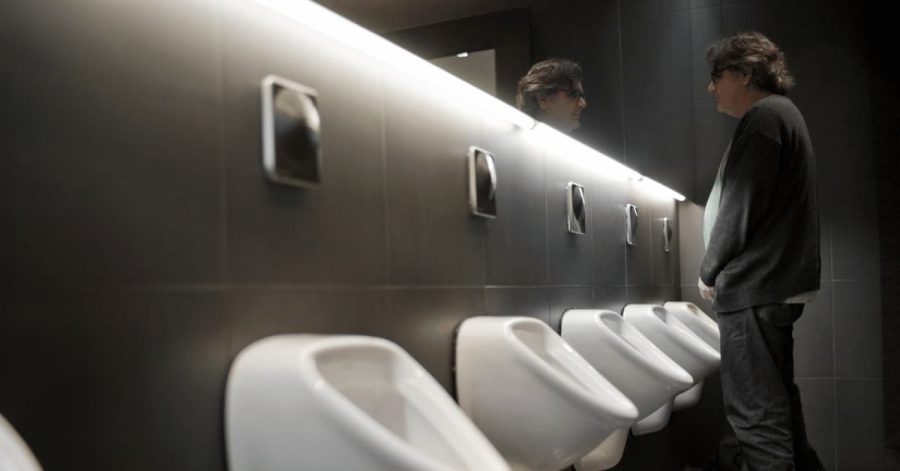
This condition, more than just a trivial inconvenience, represents a profound struggle for those affected, limiting their ability to engage in everyday activities and social interactions.
Paruresis involves a persistent fear of urinating in public restrooms or in the presence of others, stemming not from concerns over hygiene but from deep-seated anxieties about being judged or closely observed (American Psychiatric Association, 2013).
The implications of this fear extend far beyond the restroom door, affecting individuals’ freedom to travel, attend social events, and in some cases, even impacting their professional lives due to the avoidance of situations where restroom use might be necessary.
Despite its significant impact on quality of life, paruresis often remains shrouded in silence, with many suffering in isolation due to embarrassment or the mistaken belief that no effective treatments exist.

Yet, understanding and addressing this condition is crucial, not only for improving individuals’ well-being but also for shedding light on the broader spectrum of social anxiety disorder.
As we delve deeper into the nature of paruresis and explore innovative treatment approaches, it becomes evident that hope and help are available for those ready to confront and overcome their fears.
In this exploration, we will uncover the symptoms and psychological underpinnings of this condition, highlight the latest research findings, and offer practical strategies and professional resources to manage and potentially overcome the fear of using public restrooms.
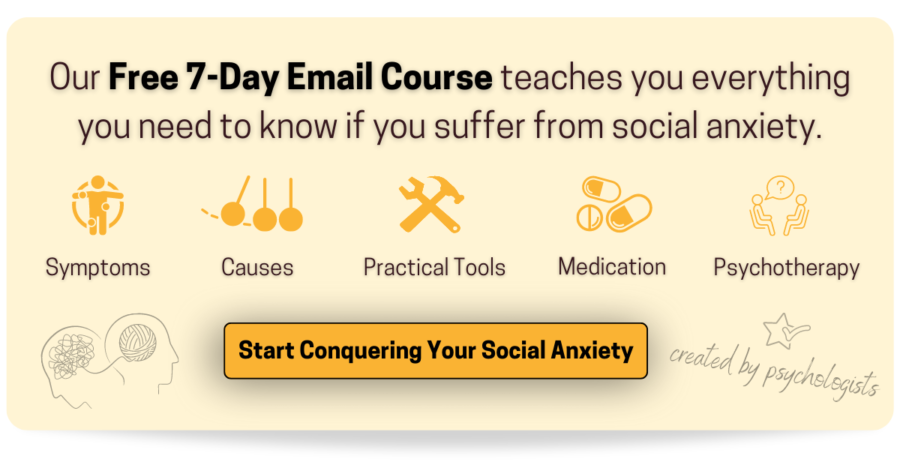
A. Understanding Paruresis
Paruresis, also known as shy bladder syndrome, is a specialized form of social anxiety characterized by the fear and avoidance of urinating in public restrooms or in the presence of others.
This condition, affecting an estimated 2.8% to 16.4% of the population (Kuoch et al., 2017), manifests a profound struggle for those affected, impacting their ability to engage in daily activities and social interactions.
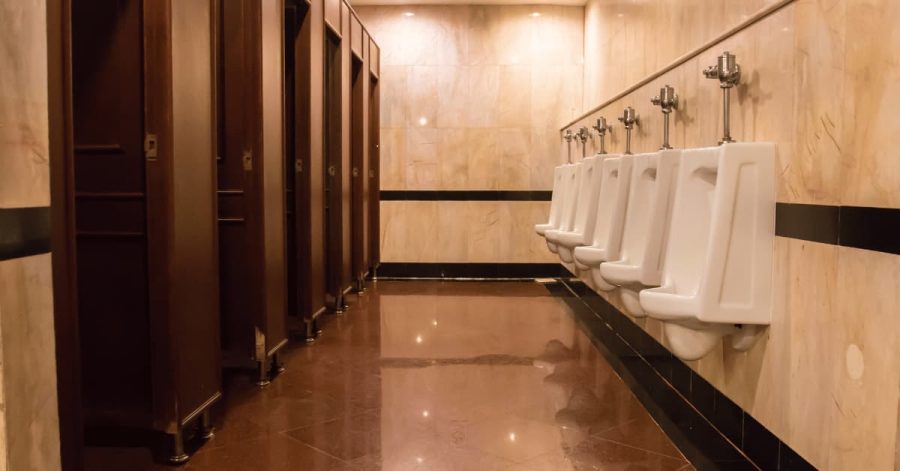
Symptoms and Common Fears
Individuals with paruresis experience a range of symptoms that significantly impair their quality of life. These symptoms include:
- A severe anxiety or panic at the prospect of having to urinate in a public or semi-public restroom, especially when others are present or may enter.
- A physical inability to urinate, irrespective of the physical need, compounded by the presence of others, creating a vicious cycle of anxiety and physiological distress.
- Behavioral adaptations to avoid potential embarrassment, such as limiting fluid intake or planning activities around the availability of private restrooms.
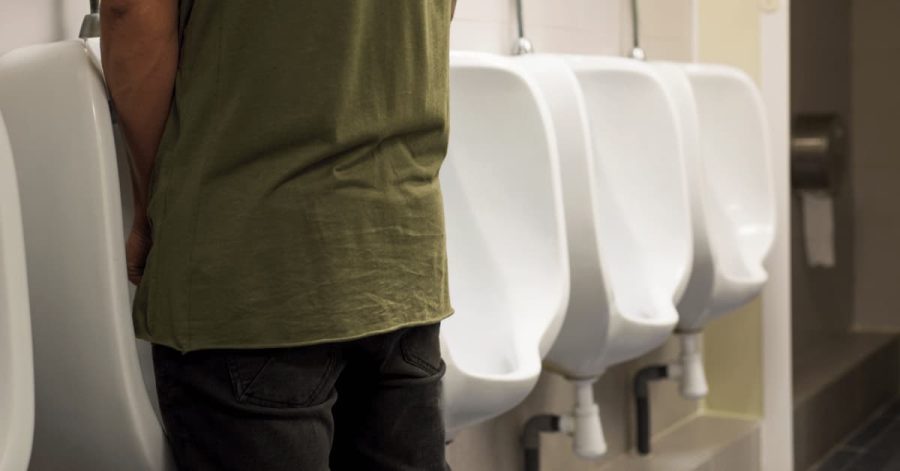
This condition is driven by fears rooted in social anxiety—particularly, the dread of being judged or negatively evaluated by others for one’s inability to perform a basic bodily function publicly.
These fears can lead to significant avoidance behaviors, severely restricting individuals’ personal, social, and professional lives.
The Impact on Quality of Life
The repercussions of paruresis are far-reaching.
Individuals with paruresis often experience diminished quality of life, heightened levels of performance and interpersonal anxiety, and a pronounced tendency towards avoidance behaviors (Boschen, 2008; Vythilingum et al., 2002).
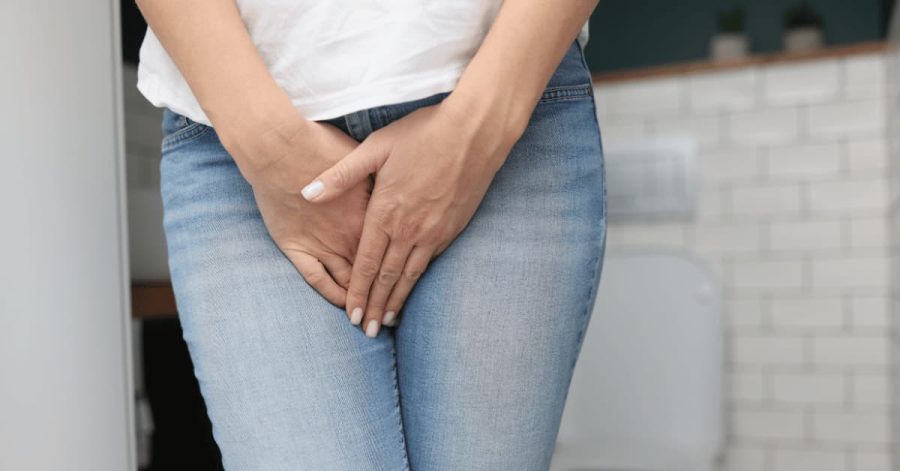
This avoidance extends beyond merely dodging public restrooms—it can lead to a withdrawal from social situations, adversely affect occupational and academic opportunities, and even impact mental health, increasing the risk of comorbid conditions like depression.
The following sections will delve into the psychological underpinnings of this condition and highlight contemporary approaches to its management and treatment.
B. The Psychological Underpinnings of Paruresis
Paruresis is more than a physical inability to urinate in certain conditions; it’s deeply rooted in the psychological landscape of social anxiety.
This section delves into the cognitive and emotional mechanisms that underpin paruresis, shedding light on why it’s a particularly challenging form of social phobia.
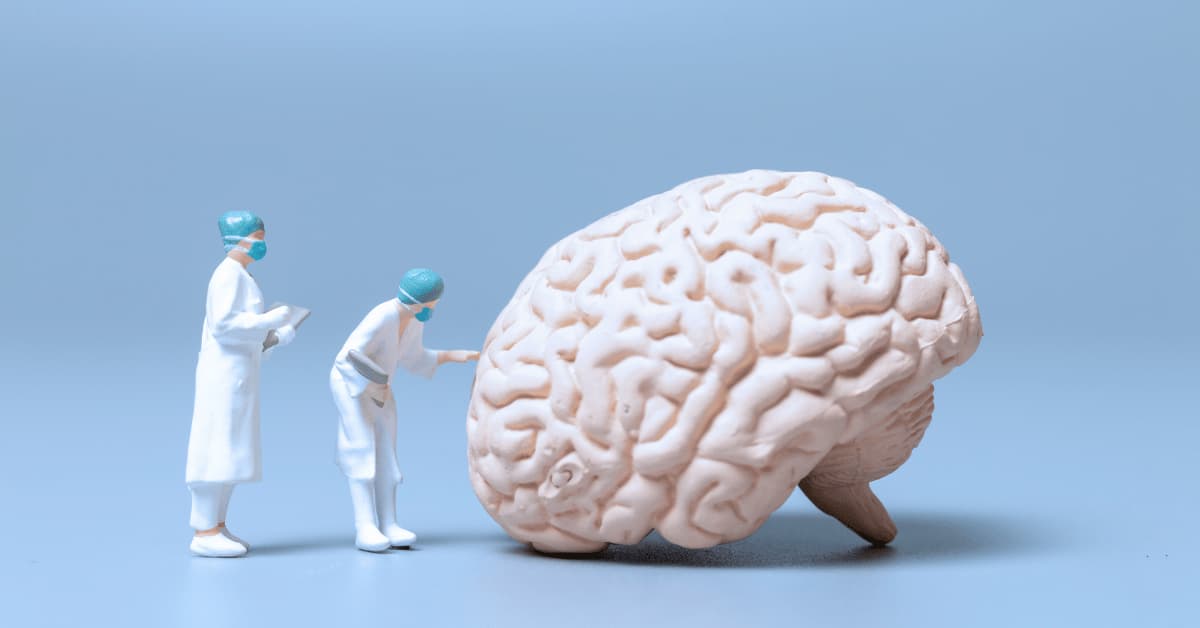
Cognitive Aspects
At the heart of paruresis are cognitive distortions—a hallmark of social anxiety disorders.
Individuals with paruresis often engage in negative self-talk and catastrophic thinking, particularly around the act of using public restrooms.
They may believe that if they are unable to urinate in a public restroom, others will judge them as abnormal or inferior.
This fear of negative evaluation is exacerbated by the highly personal and private nature of urination, making any perceived failure not just a physical inconvenience but a profound source of shame and embarrassment (Kuoch et al., 2017).

Emotional Triggers
The emotional response to the prospect of using a public restroom can be intense for someone with paruresis.
Anxiety, panic, and even terror can surge at the thought of being observed or potentially judged, triggering a fight-or-flight response that physically impedes the ability to urinate.
This response is not simply about the act of urination but the overwhelming fear of being exposed, judged, and deemed lacking in a fundamental human function.

Behavioral Consequences
The cognitive and emotional aspects of paruresis drive a range of avoidance behaviors.
As noted in the case study by Park et al. (2016), individuals may limit fluid intake, seek out less crowded restrooms, or avoid situations where restroom use may be necessary.
These behaviors, while aimed at reducing anxiety, reinforce the fear and avoidance cycle central to social anxiety disorders.
They limit individuals’ activities and can lead to significant life adjustments, impacting work, social interactions, and overall quality of life.

C. Desensitization of Triggers and Urge Reduction
Recent advances in therapy have introduced innovative approaches that promise new hope for those struggling with the fear of using public restrooms.
Specifically, the application of Desensitization of Triggers and Urge Reduction (DeTUR; Park et al., 2016), offers a compelling example of how targeted treatments can lead to significant improvements.
Understanding DeTUR
DeTUR, an adaptation of Eye Movement Desensitization and Reprocessing (EMDR) therapy, has traditionally been employed to treat addictions but has shown promise for anxiety disorders, including paruresis.
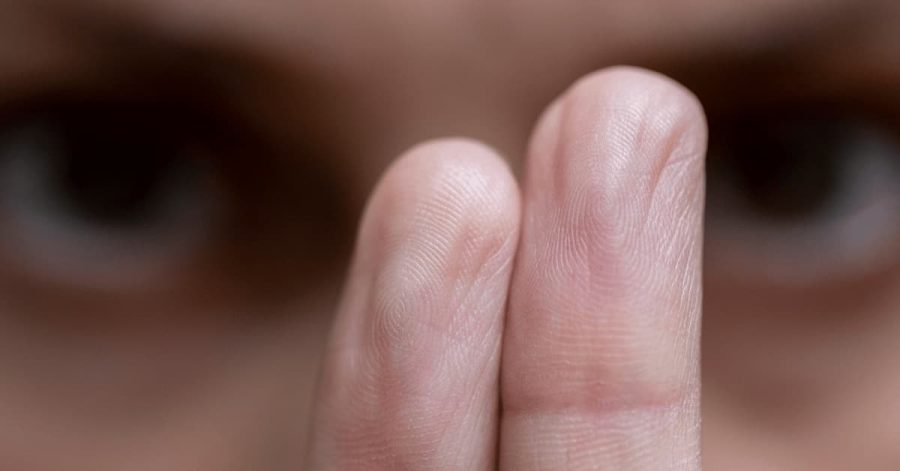
This approach focuses on desensitizing individuals to the triggers that elicit the urge to avoid anxiety-provoking situations, such as using public restrooms.
By pairing the recollection of these triggers with bilateral stimulation (e.g., eye movements), DeTUR seeks to reduce the intensity of the urge to avoid, thereby diminishing the anxiety associated with the feared situation.
Case Study Insights
In a detailed case study by Park et al. (2016), a 27-year-old male, who had been struggling with paruresis for over a decade, underwent eight 60-minute sessions of DeTUR therapy.
Initially, the patient’s condition was so severe that it severely limited his ability to travel or engage in social activities, significantly impairing his academic and interpersonal life.
Traditional treatments, including antidepressants and cognitive-behavioral therapy, had previously failed to provide relief.

DeTUR aimed to address the core of the patient’s anxiety: the intense urge to avoid public restrooms and the fear-inducing situations associated with urination.
By focusing therapy on these specific triggers and utilizing bilateral stimulation, a technique inherent to EMDR, the patient began to experience a profound shift in his response to previously daunting scenarios.
By the conclusion of the therapy sessions, the patient reported a dramatic reduction in the symptoms of social anxiety, to the extent that he no longer fulfilled the diagnostic criteria for social anxiety disorder.
Furthermore, he achieved a level of comfort with public restrooms that he had not thought possible, marking a significant turning point in his journey toward overcoming paruresis.
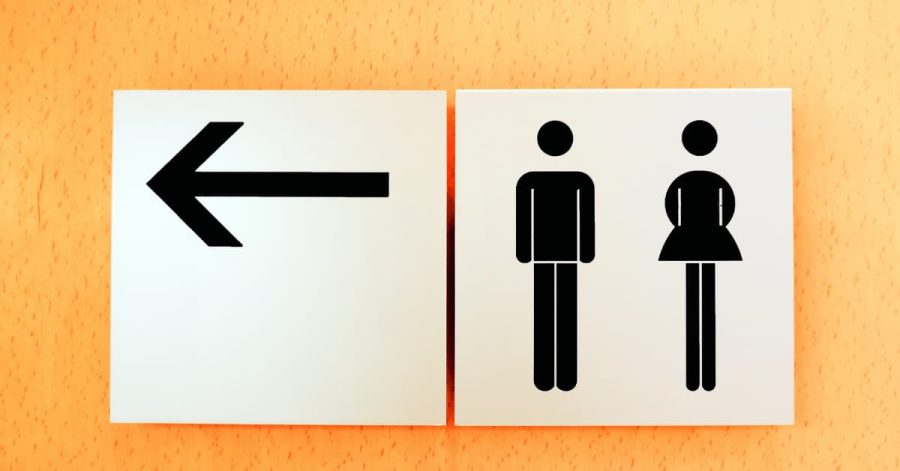
Practical Application of DeTUR
For those considering DeTUR or similar therapies for paruresis, understanding the practical aspects of treatment is crucial:
- Identify Triggers: Begin by identifying specific situations or conditions that trigger anxiety about using public restrooms. This could range from crowded venues to restrooms with minimal privacy.
- Gradual Exposure: Under the guidance of a trained therapist, gradually expose yourself to these triggers in a controlled and supportive environment. This process aims to desensitize your response to the triggers, reducing the associated anxiety.
- Alternative Coping Strategies: Learn alternative coping strategies to manage anxiety, such as deep breathing or positive self-talk, which can be employed in real-world situations.

We’ll discuss how to choose the right therapy approach and format in a moment, but first we want to give you some practical tips that you can use yourself to reduce your fear of using public restrooms.
D. Practical Tips for Managing Paruresis
Outlined below are several strategies commonly employed in therapeutic settings to alleviate concerns associated with using public restrooms and effectively manage paruresis.
Imaginal Exposure
Begin by engaging in imaginal exposure: vividly imagine scenarios that typically trigger your paruresis, like using a public restroom or hearing sounds related to urination.

This technique of mental rehearsal is designed to gradually desensitize you to your usual triggers by repeatedly exposing you to them in the safety of your imagination.
Over time, this process aims to lessen your anxiety, building a foundation of comfort and ease before you face similar situations in the real world.
Gradual In Vivo Exposure
Once you’ve begun to desensitize through imaginal exposure, gradually transition to in vivo exposure.
Begin with less intimidating public restrooms that you might perceive as safer or more private.
Incrementally expose yourself to more challenging situations, such as busier restrooms, to build tolerance and reduce avoidance behaviors.
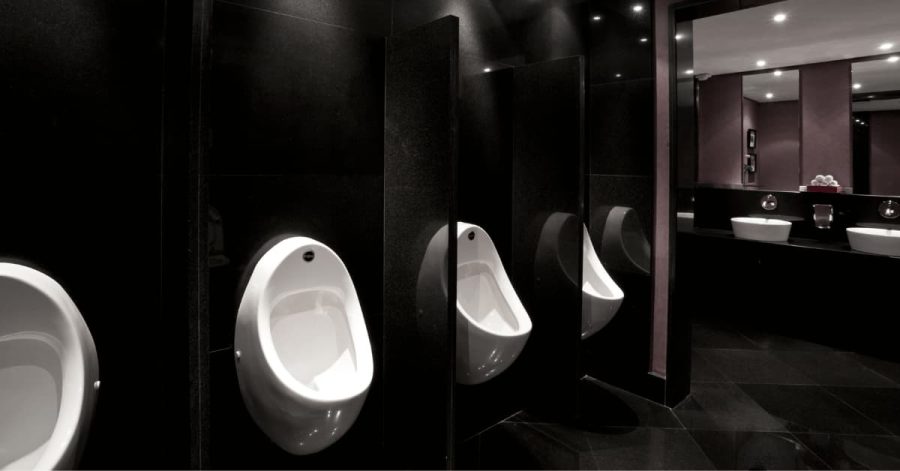
This stepwise approach mirrors the principles of DeTUR and exposure therapy, fostering resilience against previously daunting scenarios.
Rethinking Social Fears
Approach your paruresis by rethinking and reshaping the negative thoughts that drive it. Concentrate on your worry about being judged for restroom sounds or actions.
Ask yourself: How likely is it that others will notice and judge? What evidence do I have that others are focusing on me? Could my fear be magnifying the situation more than reality?
Remember, restroom use is universal, and most people are too focused on their own lives to pay attention to others in such settings.
This approach of questioning and adjusting your thought patterns aims to diminish the power of your fears, making restroom use less daunting.

Normalize the Experience
Understand that noises such as passing gas or the sound of urination are natural and common for everyone.
Additionally, it’s quite common for people to feel uneasy about using the toilet in close proximity to others.
By reminding yourself regularly that these are universal experiences, you can start to dismantle the stigma you’ve associated with them, transforming how you perceive the restroom experience into something more comfortable and less intimidating.
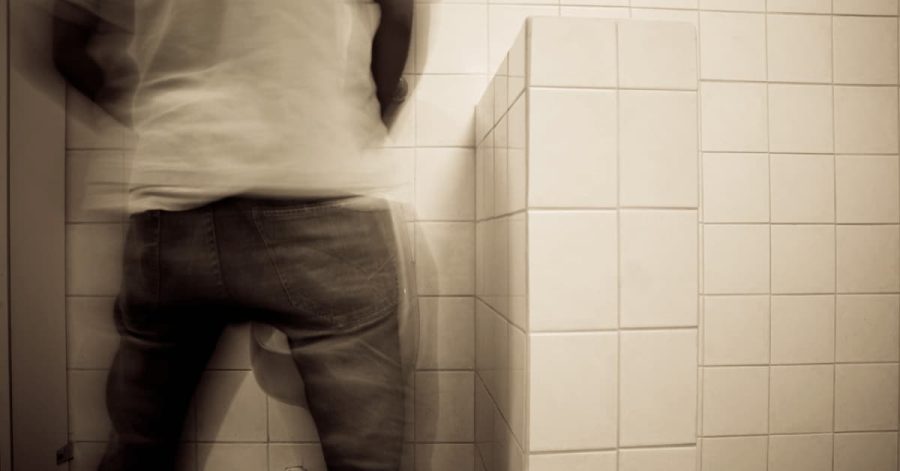
Scheduled Restroom Visits
Introduce a routine of scheduled restroom visits into your daily schedule, instead of waiting for the urge to become overwhelming.
Plan these visits at regular intervals, regardless of how strong the urge feels at the moment.
This deliberate approach allows you to approach restroom use in a more relaxed and controlled manner, significantly lowering the anxiety that comes with feeling a pressing need.
Over time, this practice can help you build confidence and establish a sense of normalcy around using public restrooms.
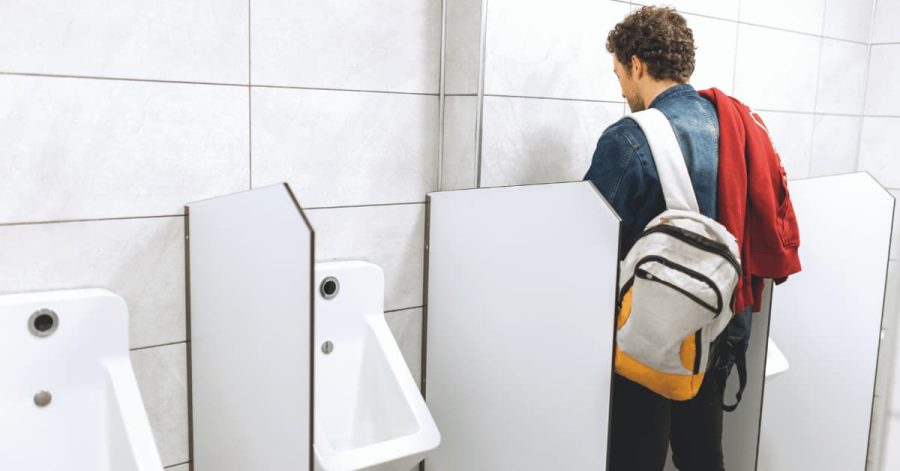
Building Independence from Others’ Opinions
Focus on freeing your self-esteem and actions from the burden of worrying about what others might think.
To support this journey, consider enrolling in our free 7-day email course on social anxiety.
This comprehensive course delves into the symptoms, diagnostic criteria, and causes of social anxiety, alongside discussing medication treatments, psychotherapy options, and offering practical tips.
It’s designed to help you build self-confidence and self-compassion, emphasizing that your value is not defined by anyone else’s perceptions of you.

E. Seeking Professional Help: Therapy Options for Paruresis
While individual strategies offer a starting point for managing paruresis, professional therapy often becomes a necessary path for those whose daily lives are significantly impacted by this condition.
Various therapeutic approaches, each with its unique focus and methodology, have been proven effective for treating paruresis by addressing not just the symptoms but the underlying psychological processes.

Cognitive-Behavioral Therapy (CBT)
CBT stands as a cornerstone in the treatment of anxiety disorder, paruresis included.
It aims to identify and alter negative thought patterns and behaviors that contribute to the condition.
Through cognitive restructuring, individuals learn to challenge and change their fears about public restroom use, while behavioral exposure gradually reduces avoidance by facing feared situations in a controlled manner.
CBT’s structured approach provides tangible skills for managing and eventually overcoming paruresis.

Eye Movement Desensitization and Reprocessing (EMDR)
As previously mentioned, EMDR therapy holds potential for effectively addressing paruresis. It aids in processing and alleviating the impact of distressing memories linked to restroom use.
This therapeutic approach employs bilateral stimulation, facilitating the brain’s ability to reprocess past traumatic or anxiety-inducing experiences.
Through this method, EMDR offers a pathway to mitigating the anxiety that underpins paruresis, providing a significant step towards recovery.
Acceptance and Commitment Therapy (ACT)
ACT plays a crucial role by teaching individuals to embrace their thoughts and emotions without resistance, and to take actions that reflect their core values, even in the face of fear.
This therapeutic approach is uniquely suited for addressing paruresis, as it fosters the acceptance of bodily functions and reactions that are not entirely within one’s control.

ACT emphasizes the importance of accepting the natural discomfort that comes with such involuntary responses, rather than viewing them as obstacles to be overcome.
By promoting this acceptance and encouraging participation in life activities regardless of restroom-related anxiety, ACT helps individuals navigate their condition with resilience and maintain engagement with their valued life pursuits.
Psychodynamic Therapy
Psychodynamic therapy probes the depths of how unconscious processes and unresolved past conflicts play a role in present psychological challenges, such as paruresis.
This approach seeks to uncover the deep-seated, often veiled, emotional forces driving the fear of using public restrooms, paving the way for enduring psychological transformation.
For instance, paruresis might stem from an unconscious conflict rooted in early experiences of shame or embarrassment related to restroom use, perhaps due to a negative comment or a particularly stressful incident in childhood.

By bringing these underlying issues to light, individuals gain a fuller understanding of their paruresis.
This insight allows them to confront and work through the original sources of their fear, aiding in the resolution of the condition at its core.
Finding the Right Therapist
Selecting a therapist who understands paruresis and is experienced in treating social anxiety is key to effective treatment. Here are steps to guide your search:
- Research: Look for therapists with expertise in anxiety disorders who offer one or more of the mentioned therapeutic approaches.
- Consultation: Initial consultations can help determine a therapist’s familiarity with paruresis and their treatment philosophy.
- Professional Referrals: Organizations specializing in anxiety disorders may provide referrals to therapists experienced in treating paruresis.
If you’re exploring the option of online therapy, we suggest checking out our partners at BetterHelp.

They offer a wide range of therapists specialized in the various approaches we’ve discussed, including EMDR.
By signing up through our link, you’ll benefit from a 50% discount on your first month with BetterHelp, allowing you to select a therapist tailored to your specific needs and preferences.
F. Conclusion: Your Journey of Self-Discovery and Growth
Overcoming paruresis is more than managing anxiety; it’s a journey of self-discovery and growth.
By addressing fears associated with public restrooms, you also embark on a transformative path that enhances self-understanding and how you relate to the world.
Acknowledging your struggle with paruresis and seeking help is an act of bravery, fostering stronger relationships and deeper empathy. This journey builds resilience, preparing you to face life’s challenges with newfound strength.

The path to overcoming paruresis involves nurturing self-compassion and emotional intelligence. Therapy, especially approaches that explore underlying emotional factors, enriches your understanding of yourself and improves social interactions.
Seeing paruresis as an opportunity for growth transforms the journey. It’s not just about conquering a fear but evolving into a more empowered and empathetic individual.
American Psychiatric Association. (2013). Diagnostic and statistical manual of mental disorders (5th ed.). Washington, DC: Author.
Boschen M. J. (2008). Paruresis (psychogenic inhibition of micturition): cognitive behavioral formulation and treatment. Depression and anxiety, 25(11), 903–912. https://doi.org/10.1002/da.20367
Kuoch, K. L. J., Meyer, D., Austin, D. W., & Knowles, S. R. (2017). A systematic review of paruresis: Clinical implications and future directions. Journal of psychosomatic research, 98, 122–129. https://doi.org/10.1016/j.jpsychores.2017.05.015
Park, H., Kim, D., Jang, E. Y., & Bae, H. (2016). Desensitization of Triggers and Urge Reduction for Paruresis: A Case Report. Psychiatry investigation, 13(1), 161–163. https://doi.org/10.4306/pi.2016.13.1.161
Soifer, S., Nicaise, G., Chancellor, M., & Gordon, D. (2009). Paruresis or shy bladder syndrome: an unknown urologic malady?. Urologic nursing, 29(2), 87–94.
Vythilingum, B., Stein, D. J., & Soifer, S. (2002). Is “shy bladder syndrome” a subtype of social anxiety disorder? A survey of people with paruresis. Depression and anxiety, 16(2), 84–87. https://doi.org/10.1002/da.10061

About the Author: Martin Stork
Martin is a professional psychologist with a background in physical therapy. He has organized and led various support groups for people with social anxiety in Washington, DC and Buenos Aires, Argentina. He is the founder of Conquer Social Anxiety Ltd, where he operates as a writer, therapist and director. You can click here to find out more about Martin.











